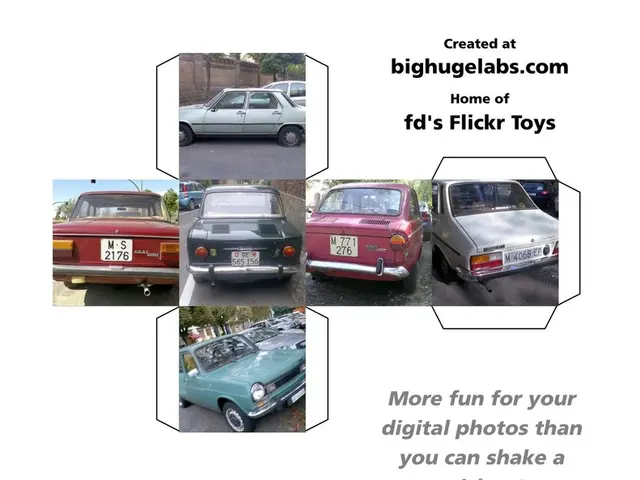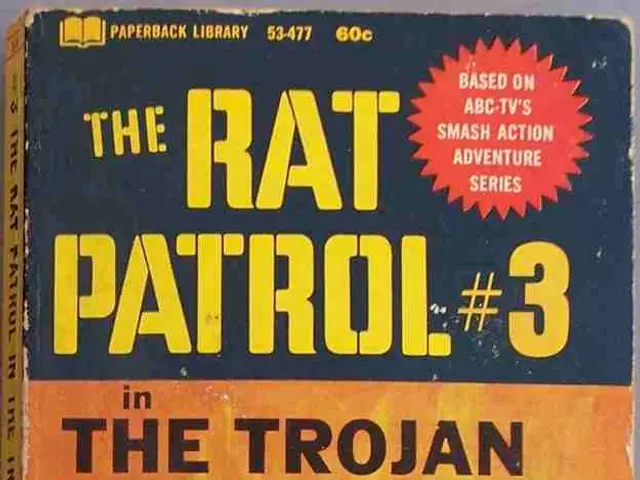YouTube AI Expansion Set for Intensification
In the ever-evolving world of digital media, Google's latest innovation, Veo 3, is making waves on YouTube's short-form video product. This exciting development comes as YouTube competes fiercely with TikTok for the attention of the global audience.
According to Paul Erickson, the introduction of tools like Veo 3 serves as a 'force multiplier' for YouTube's short-form content, potentially leading to a flood of new and novel videos. The technology behind Veo 3 is indeed impressive, with its capabilities extending beyond the ordinary.
At the recent Made On YouTube event in New York, Veo 3 was showcased, demonstrating its ability to create and manipulate videos for YouTube Shorts. One of its standout features is the ability to insert realistic-looking monsters into scenes, casting shadows accurately.
Examples of what Veo 3 can do include adding a penguin riding a skateboard or making a person appear to have a black belt in karate or dance like a ballerina. These capabilities open up a world of creative possibilities for YouTube creators.
However, with great power comes great responsibility. There are concerns about the potential for AI technology like Veo 3 to be used to spread bogus articles, scams, spam, and low-quality content on platforms like YouTube. Google is aware of these concerns and is taking steps to ensure transparency and safety.
Joss Fong, a video journalist and host of HowTown, expressed concern about the lack of clear AI labels on videos generated or altered with Veo. Fong urged Google to add these labels to maintain integrity and credibility in the content creation process.
Under the leadership of Dina Berrada, YouTube's Director of Product for generative AI creation and Shorts, YouTube is integrating advanced AI tools to boost creativity. Berrada is also focusing on ensuring the safety and transparency of AI-generated content. To prevent the spread of dangerous, deceptive, or harmful content, YouTube employs Google DeepMind's SynthID watermarks and content labels to clearly indicate AI-generated videos.
Moreover, likeness-detection tools are used to manage misuse of creators' faces, ensuring that their intellectual property is respected. These measures aim to make content creation more intuitive while maintaining transparency and safety regarding AI-generated content.
The use of AI tools on YouTube can lead to more traffic, consumption, and ad revenue. With over 2.5 billion monthly active users and YouTube Shorts accounting for 70 billion views per day, the potential for growth is immense. As YouTube continues to learn how to recommend content based on viewer satisfaction and valued watch time, the future of short-form video content on the platform looks bright.
Google's continued investment in AI technology, as seen in Veo 3 and its integration across products like Google Search and Chrome, is a testament to the company's commitment to innovation. As YouTube remains the most popular streaming service in the world, the integration of advanced AI tools is set to redefine the landscape of digital media.
In the age of the internet, popularity on YouTube is dictated by people's likes and algorithmic thrust, with traditional gatekeepers and tastemakers having less influence. The introduction of AI tools like Veo 3 is set to further democratise content creation, allowing anyone with a creative vision to make an impact on the platform.
In the wake of traditional media's contraction, YouTube's growth, underpinned by the integration of AI technology, is a beacon of hope for content creators around the world. The future of digital media is here, and it's exciting.
Read also:
- User Data Analysis on Epic Games Store
- AI Inspection Company, Zeitview, Secures $60 Million Funding for Expansion
- Ongoing trade friction as the American administration levies fresh import taxes on goods arriving from China
- Tech Titan Google Surpasses $3 Trillion Market Cap as Gemini Ousts ChatGPT, Boosting Google's Chat Platform








